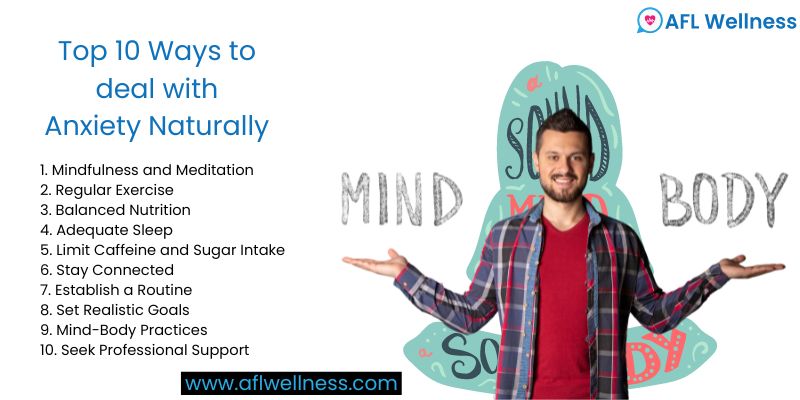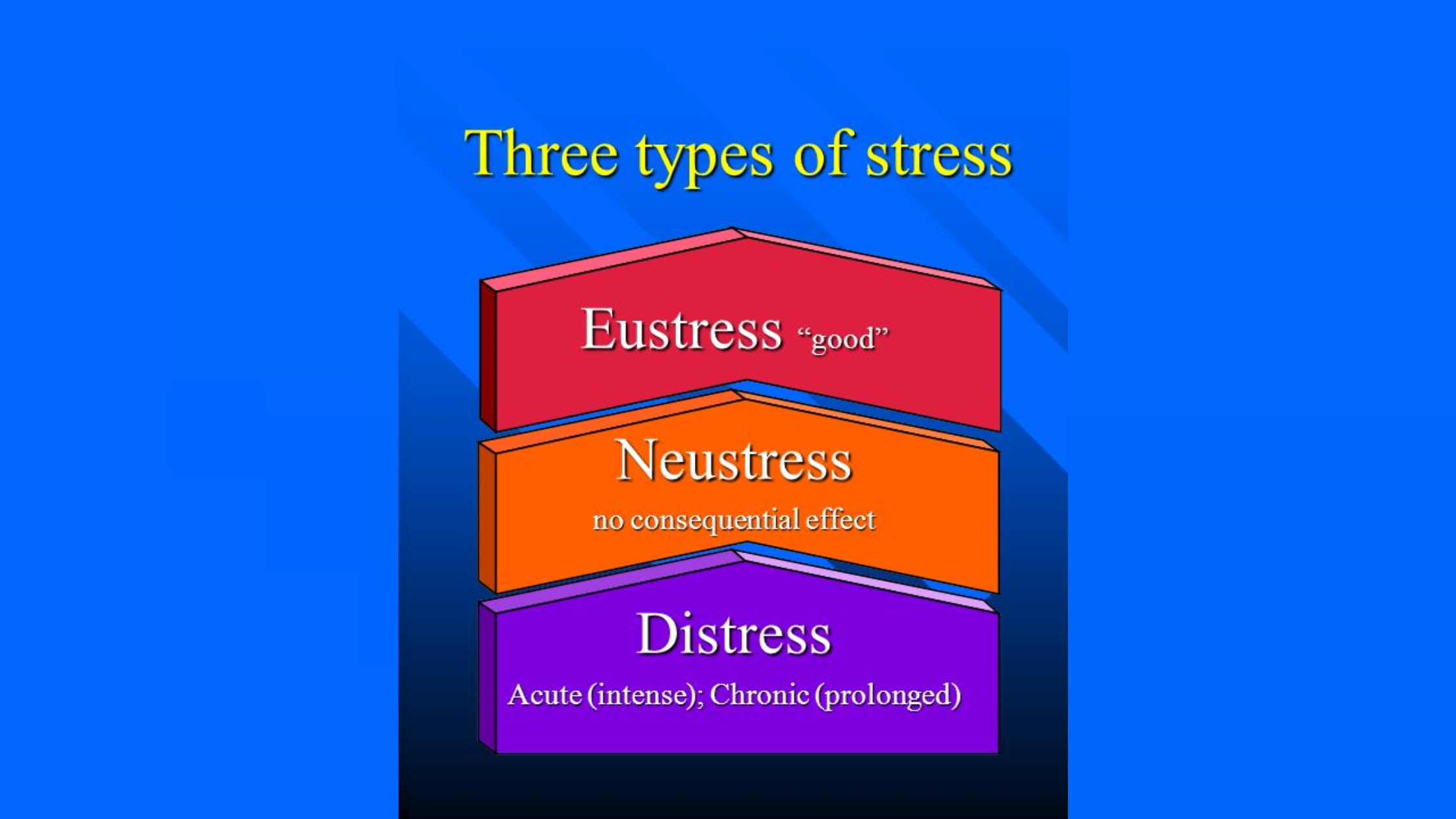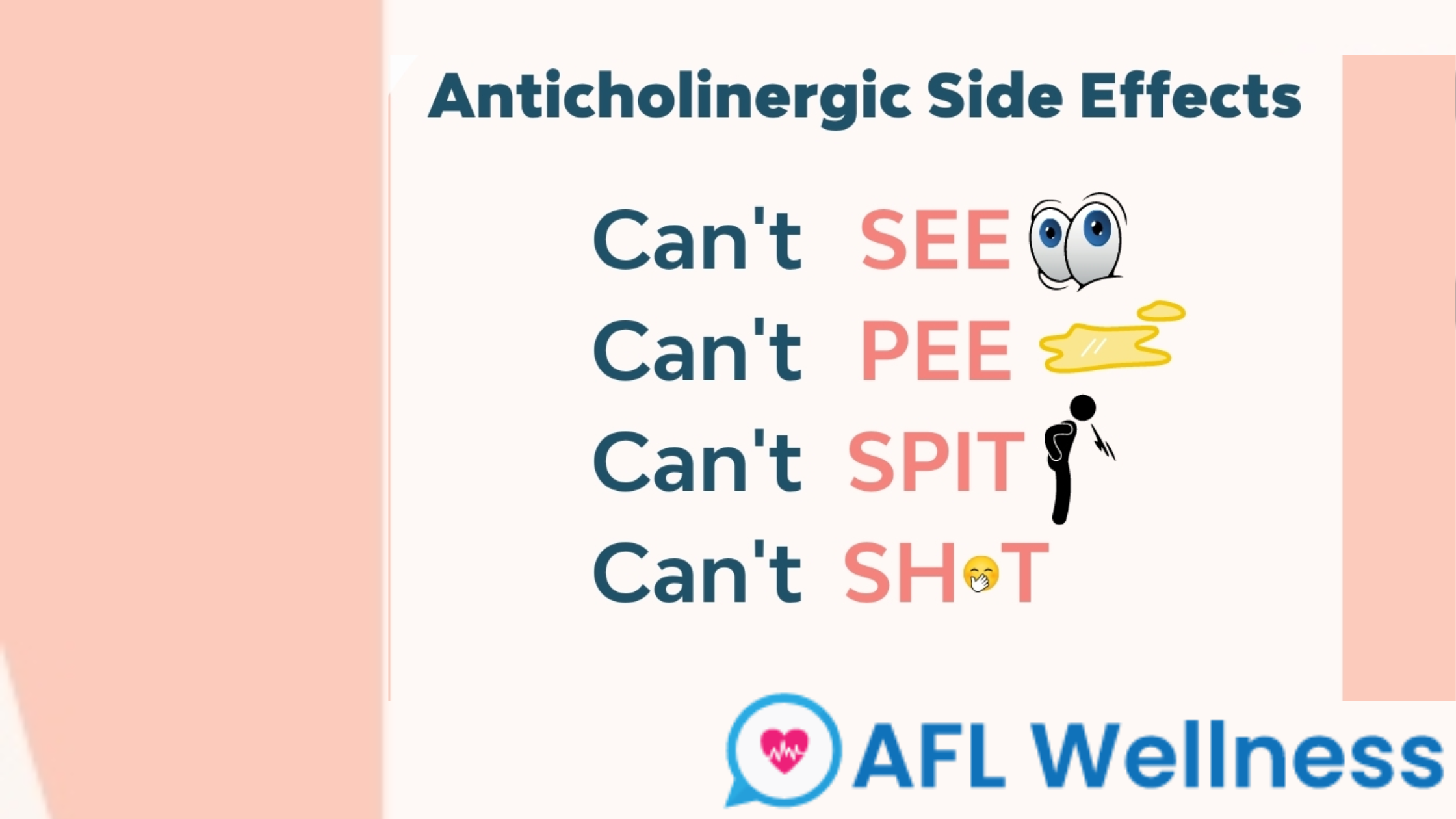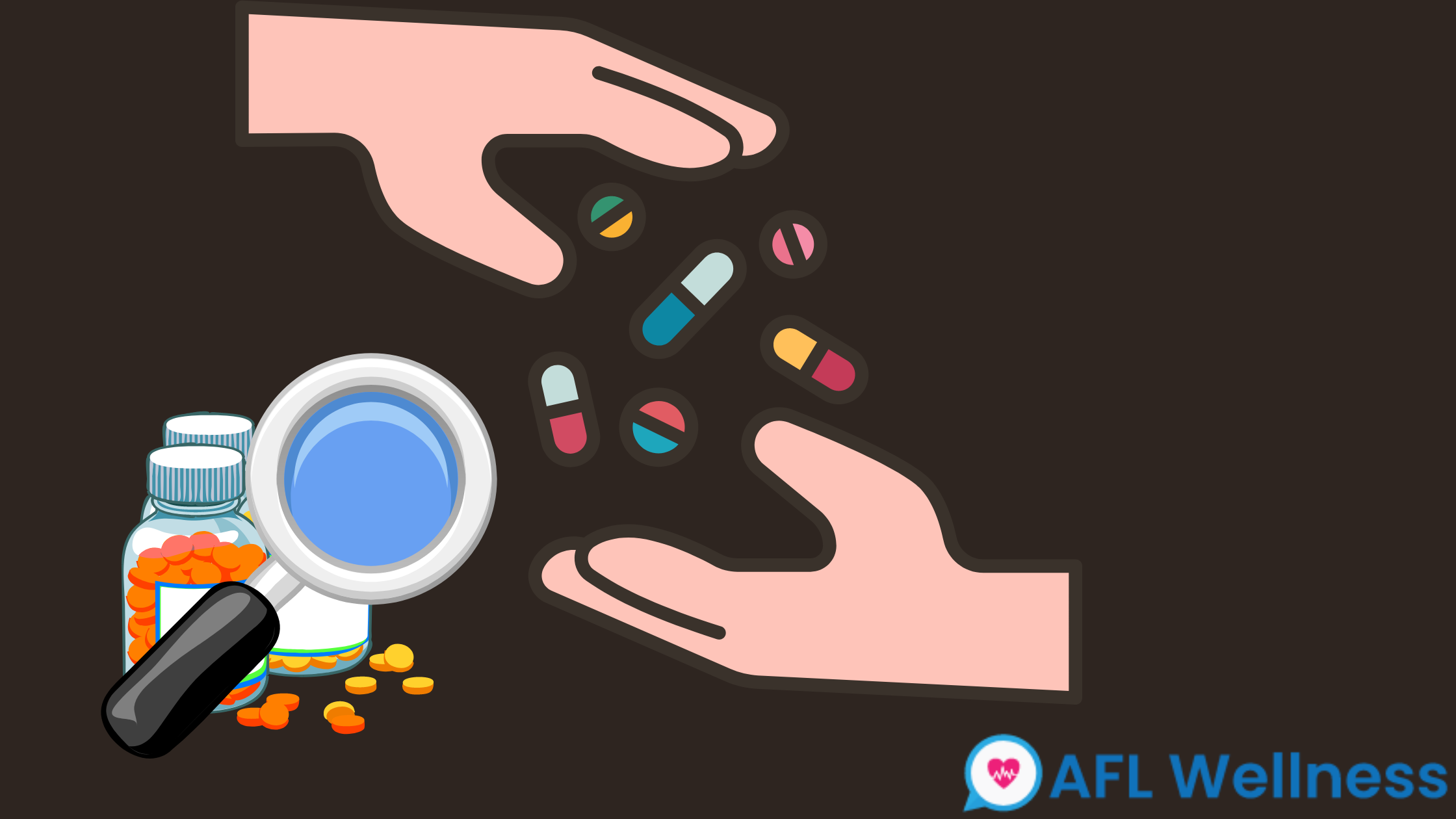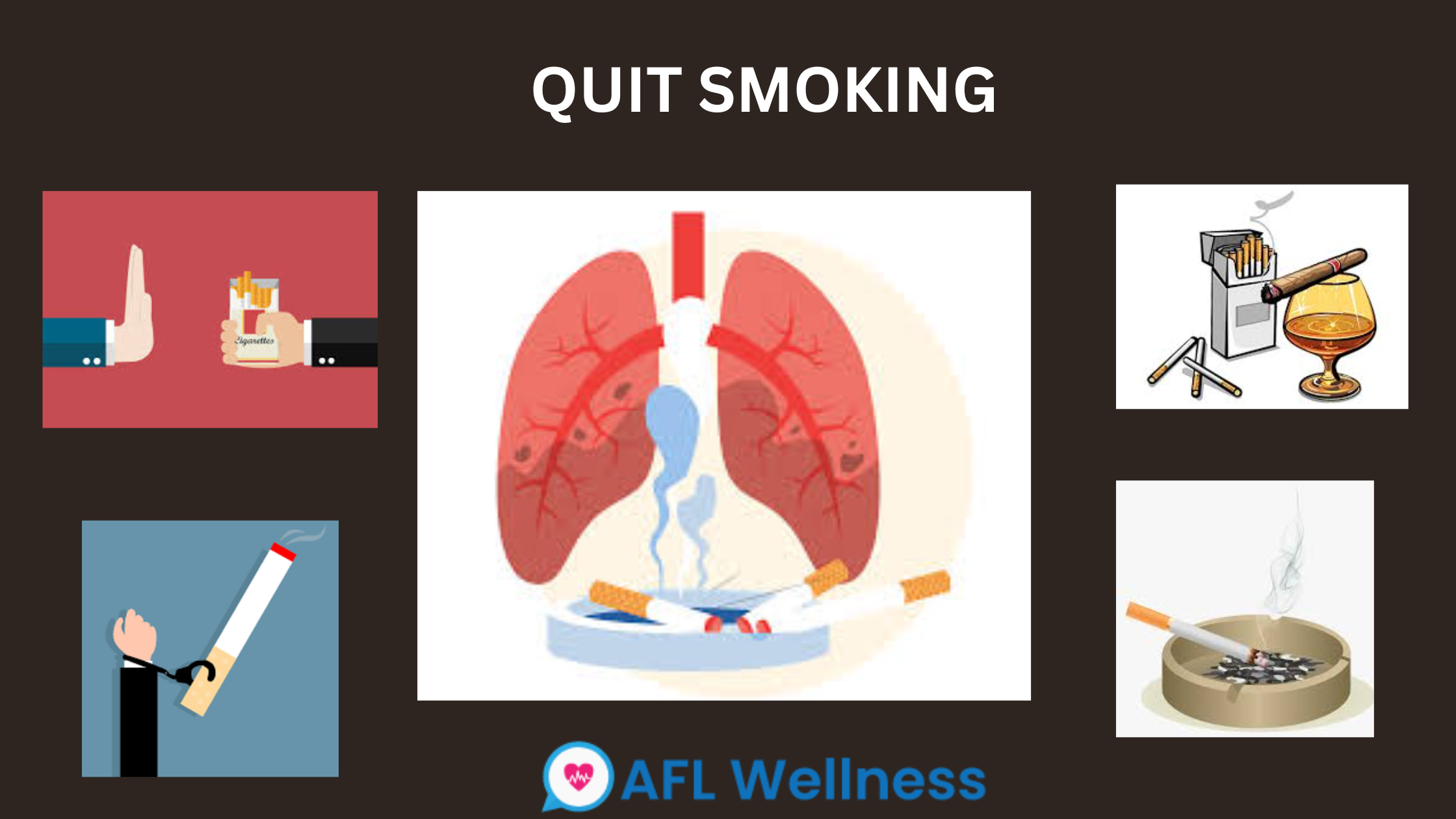
December 14, 2025
Tobacco Addiction Treatment
There is no doubt about the negative effects of smoking or chewing tobacco on your health. A lot of people successfully left their jobs. However, many people who attempt to give up do so unsuccessfully. Because smoking and chewing tobacco are addictive, this may be the case. Your physical makeup and behaviour may alter as a result. Your nicotine addiction is the root of the physical changes in your body. In tobacco products, this is the primary component. It's possible that these modifications developed gradually and became habits.
Many things appear to go hand in hand with smoking, chewing, or dipping when you develop a tobacco habit. These can include drinking wine or a cup of coffee, feeling anxious or agitated, chatting on the phone, operating a vehicle, hanging out with friends, or using your hands or mouth to perform anything.
Even when a person wishes to stop smoking tobacco, nicotine dependency (also known as tobacco addiction) entails physical and psychological issues that make challenging quitting smoking .
The same parts of the brain where other addictive medications generate a neurotransmitter called dopamine are also affected by nicotine. It alters the person's mood and gives them a momentary feeling of well-being. Smoke is highly addictive and similar to opiates, alcohol, and cocaine because it quickly gets into the brain after being inhaled. A significant component of addiction is this "rush."
The brain's nicotine levels decrease when a person quits consuming cigarettes. The cycle of desires and impulses that sustains addiction is sparked by this alteration. Nicotine dependency develops over time as a result of the long-term brain alterations brought on by constant nicotine exposure. Attempts to stop smoking result in symptoms of withdrawal that are eased by starting up again.
What signs and symptoms of nicotine and tobacco addiction are there?
Contrary to other addictions, tobacco addiction is more difficult to conceal. This is primarily a result of the fact that tobacco is acceptable, readily available, and can be taken in public.
Some people may smoke in a social setting or on occasion, but others develop addictions. If the person:
- Any level of cigarette use can swiftly result in nicotine dependency for certain people. Addiction-related warning signs include:
- You are unable to quit smoking. One or more sincere, but fruitless, attempts to stop have been undertaken.
- When you attempt to stop, you experience withdrawal symptoms. Strong cravings, anxiety, irritation, restlessness, problems focusing, a sad mood, frustration, rage, increased appetite, sleeplessness, constipation, or diarrhoea are physical and emotion-related symptoms that have resulted from your attempts to stop.
- You continue to smoke despite health issues. You will not be able to quit, even when you've experienced heart or lung issues.
- You stop doing social things. Since you cannot smoke in these settings, you may cease visiting smoke-free establishments and stopping to interact with family and friends.
How to stop tobacco addiction?
There are several ways to stop tobacco addiction. It may be quite hard to control this addiction, though. The ritual of smoking, according to many users, can trigger relapse even after nicotine cravings have subsided.
Those struggling with a tobacco addiction have a variety of treatment alternatives at their disposal:
- A patch
A nicotine replacement treatment is known as the patch (NRT). You paste a little sticker on your back or arm that resembles a bandage. The body receives modest doses of nicotine from the patch this aids in weaning the body gradually .
- Cigarette gum
Nicotine gum, a different type of NRT, can support those who require the mouth fixation of smoking or chewing. This is typical since those who are giving up smoking may feel the to quit somking .This happens frequently because those who are giving up smoking could feel the want to eat something. To assist you in controlling cravings, the gum also contains minute quantities of nicotine.
- Spritzer or inhaler
Providing modest dosages of nicotine without using cigarettes, nicotine sprays and inhalers can be helpful. These may be found everywhere and are over-the-counter sales. When the spray is breathed, nicotine enters the lungs and damage it .
- Medications
To deal with tobacco de-addiction, some doctors advise using medicine. It's possible that some antidepressants or medications for high blood pressure will help you control urges. Varenicline is a drug that is often utilised (Chantix). Bupropion is prescribed by some physicians (Wellbutrin). Because it can lower your risk of smoking, this antidepressant is taken off-label for that purpose.This antidepressant is used for smoking cessation off-label since it can lessen your urge to smoke.
Off-label drug usage refers to the use of a medication that has been FDA-approved for one application but is being used for another, an unapproved use. A doctor may nonetheless continue to utilise the medication for that reason. This is so because the FDA only controls how pharmaceuticals are tested and approved; it has no control over how doctors utilise medicines to treat sick patients. Therefore, your doctor may prescribe medicine in whichever way they see appropriate for your treatment. Discover more about using medications lhere.
- Therapies using psychology and behaviour
Using techniques like these, some tobacco users have success:
- hypnotherapy
- mental health counselling
- brain-language engineering
These techniques assist the user in altering their perception of addiction. They make an effort to alter the feelings or behaviours that your mind has connected to smoking.
Treatment for tobacco addiction must incorporate a range of strategies. Keep in mind that what works for one person may not work for another. With your doctor, you should go through the type of therapy you should try.
What are the causes of tobacco addiction?
Most smokers began their habit in their adolescent years. People are more inclined to start than people who don't because they have friends, parents, or both who smoke. Some adolescent smokers claim that they did so because it was "cool" or they "simply wanted to try it."Advertisements, discounts, and other product promotions from the tobacco business have a significant impact on our culture. The tobacco business invests enormous sums of money each year in producing and promoting advertisements that portray smoking as glamorous, thrilling, and risk-free. Video games, the internet, and television all feature tobacco usage. Another significant effect comes from movies that include smoking. According to studies, young individuals who see tobacco in films seem to be more likely to begin to smoke themselves.
E-cigarettes and other cutting-edge, chic electronic "vaping" gadgets are a more recent effect on tobacco consumption. These items offer a means for first-time users to grasp how to intake and develop a nicotine addiction, which can make them ready to start smoking, while frequently being mistakenly believed to be safe and simpler to purchase and use than regular tobacco products.
To get rid of tobacco addiction you may also visit AFL wellness centre where one of the best therapy and counselling session is being provided so that individuals can get easily get rid of their additication. Apart from tobacco, they provide therapy and counselling for other addictions also. So do not perry about the cost and have a look at their services.

